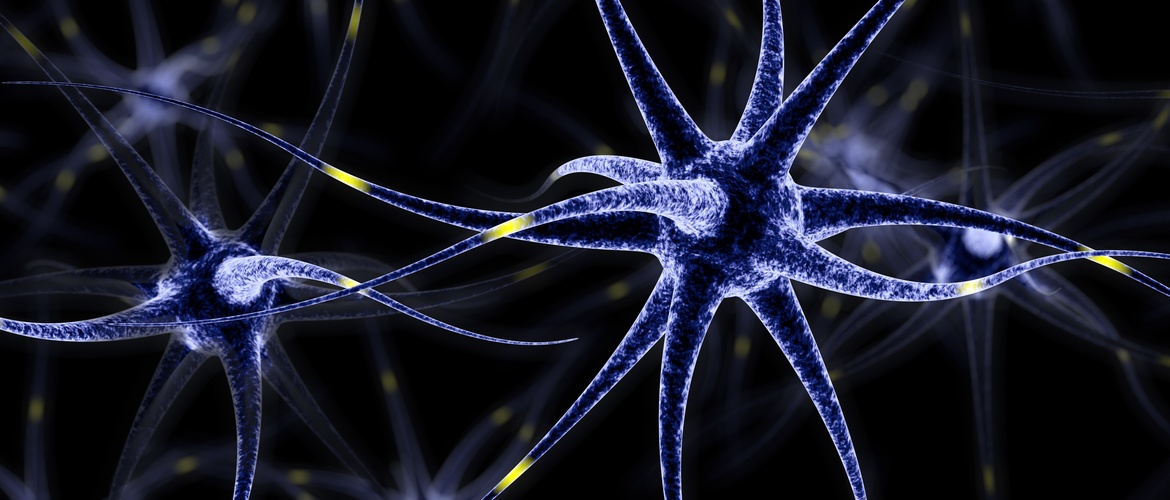
Choose a channel
Check out the different Progress in Mind content channels.

Progress in Mind

The correlation between cerebrospinal fluid (CSF) and Positron Emission Tomography (PET) biomarkers of tau differs according to the stage of Alzheimer’s Disease (AD). And, while neurodegeneration and cognition correlate strongly with retention of tau PET ligand 18F‐AV‐1451, they do not correlate with CSF tau. Two of many factors complicating the search for markers to select patients for early intervention and to monitor disease progression.
The distinction between disease state and disease stage illustrates the difficulty in establishing the role of potential biomarkers. Oskar Hansson (Clinical Memory Research Unit, University of Lund, Sweden) and colleagues recently compared people in three groups: cognitively healthy controls, patients with prodromal AD, and those with AD dementia.1
CSF total‐tau (T-tau) and phosphorylated tau (P-tau) were increased in many cases of AD irrespective of the stage of their disease and even before tau aggregates were evident. So these markers may give useful information about “disease state”. In contrast, the tau PET ligand 18F‐AV‐1451 appears to act more as a biomarker of “disease stage” since it is increased in clinical stages of the disease and is associated with brain atrophy and cognitive decline, while CSF T-tau and P-tau are not.
CSF tau was raised even in preclinical AD, when PET was normal
The CSF markers were highly correlated with each other, but only moderately with retention of 18F‐AV‐1451.
Regional distribution patterns of increased 18F‐AV‐1451 have been characterized by Oskar Hansson and colleagues in prodromal and manifest AD patients from two Swedish studies.2
Subjects and patients in the investigation included those taking part in the prospective, longitudinal BioFINDER study (www.biofinder.se). Sixteen hundred patients with mild cognitive symptoms, dementia or Parkinsonian symptoms -- as well as cognitively healthy elderly controls -- have regular MRI and amyloid and tau PET scans, along with clinical and neuropsychological examinations. Their CSF and plasma are also analyzed.
Data was also obtained from participants in ADNI (the Alzheimer’s Disease Neuroimaging Initiative) which is a multisite longitudinal biomarker study that has enrolled over 1,500 cognitively healthy elderly controls, patients with early or late mild cognitive impairment, and patients with early AD (www.adni-info.org).
Hansson and colleagues’ analysis showed that the regional deposition of tau aggregates in AD affects essentially higher-order cognitive over primary sensory-motor networks.2
The final goal of all longitudinal studies is to better understand the connections between symptoms and pathology and to identify targets for existing and novel treatments.
In the major trials to date, we have had suboptimal drug candidates, deficient target engagement, and a lack of downstream events to use as outcomes in what is a slowly progressive disease, Oskar Hansson said in his plenary address to the AAIC. It is probably also the case that treatments have been used too late.
But if we are to treat earlier – essentially in people who are asymptomatic – we must have reliable biomarkers to identify those at highest risk of developing dementia. We face problems deriving from the heterogeneity of AD. Above all, the need is to validate potential markers against some kind of gold standard.
The ratio of different isoforms of β-amyloid in CSF may help clinical work-up for AD
Studies have correlated markers with each other and – in an attempt to establish validity -- with possible gold standards such as imaging evidence of atrophy, or clinical or post mortem measures of AD.
Amyloid PET correlates well with plaque pathology, as does CSF β-amyloid; and there is good concordance between CSF amyloid β42 and amyloid PET. However, we may have to consider the ratios between various marker isoforms to optimize our diagnostic efforts.
Recent work from Dr Hansson and colleagues suggests that the CSF Aβ42/Aβ40 and Aβ42/Aβ38 ratios are better predictors of abnormal amyloid PET than CSF Aβ42 alone. The ratios reflect AD-type pathology better, allowing the detection of brain amyloid deposition in people with prodromal AD and distinguishing between AD- and non-AD dementias.3
We have seen enormous expansion in research into the prospects for early diagnosis using CSF biomarkers, MRI assessment of hippocampal volume, and molecular imaging of β-amyloid and tau in the brain. Before we can implement biomarkers more widely, we need to agree on appropriate criteria for their use.
We must also deal with the problem of differences between labs, Dr Hansson said. This will require standardized protocols for the collection, handling and storage of samples.
The Global Consortium for Biomarker Standardization is now addressing these challenges.
Neurogranin is strongly associated with Aβ pathology
Also looking to the future, we can hope for novel biomarkers of neurodegeneration. For example, Dr Hansson and colleagues have looked at the relationship between CSF and plasma levels of neurofilament light (NFL, one of the filaments found in neurons) and neurogranin (Ng).
They studied whether NFL, Ng, T-tau and P-tau levels in CSF and NFL in plasma were associated with brain atrophy in different stages of the disease: mild cognitive impairment subjects, AD subjects with and without Aβ pathology, and cognitively normal subjects.4
In all groups, CSF levels of NFL correlated with brain atrophy; and plasma NFL was associated with atrophy in people with symptomatic disease. In contrast, Ng seemed linked to regional brain atrophy only in patients with amyloid pathology.